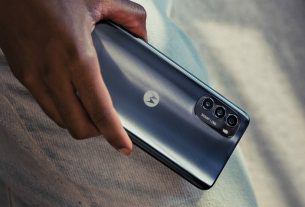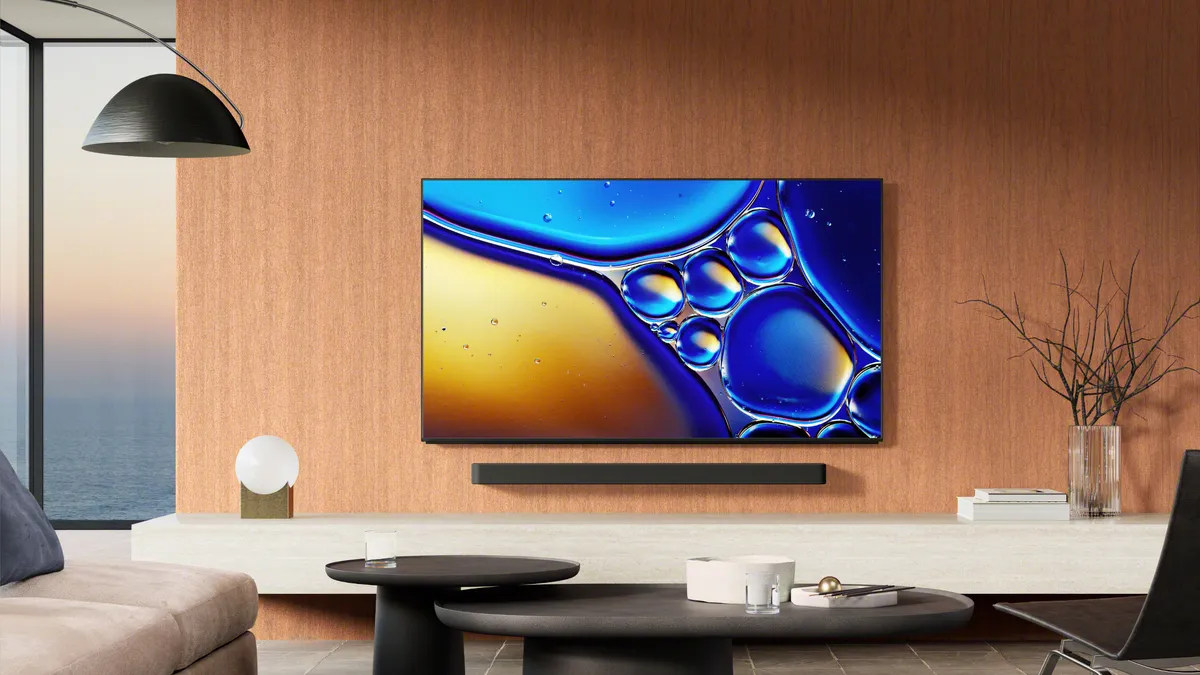
Is the Sony Bravia 8 II the OLED TV That Finally Redefines Home Cinema?
First Impressions
The Bravia 8 II enters the scene with a presence that feels distinctly high‑end. Slim bezels frame the panel with barely a distraction, the “One Slate” design concept delivers a single seamless surface, and the adjustable stand makes it adaptable whether you want it wall‑mounted or sitting on furniture with a soundbar tucked neatly beneath. The build is sturdy without being bulky, and the attention to cable management hints at Sony’s goal of creating a piece that looks as good powered off as it does showing a blockbuster in 4K HDR.
Picture Quality
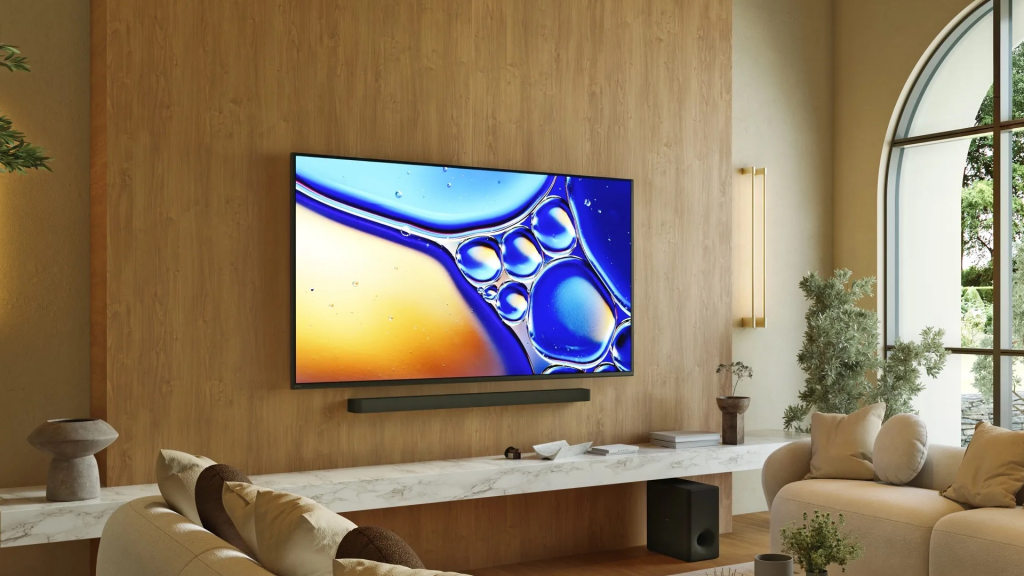
Sony’s QD‑OLED technology is the star here. Deep, inky blacks set the stage for jaw‑dropping contrast, while the expanded color volume paints every scene with vibrancy that standard OLED panels often struggle to match. Rec. 2020 coverage is especially strong, bringing out subtle gradations in animated films and bold saturation in sports and nature documentaries. Viewers sitting off‑axis won’t feel left out, color and brightness hold steady even from awkward angles, making it a TV suited for social living rooms.
Brightness is where the conversation gets interesting. Against rivals like the Samsung S95F or LG G5, the Bravia 8 II measures dimmer in both SDR and HDR tests. In darker rooms or during nighttime viewing, the cinematic feel is unparalleled. In bright, sunlit spaces, reflections and limited peak brightness may make the picture appear less commanding. It’s a trade‑off between absolute filmic quality and raw brightness muscle.
Gaming Features
Sony knows gamers expect more than just pretty visuals. The Bravia 8 II supports 4K at 120Hz, VRR, and ALLM: all essential for smooth next‑gen console play. FreeSync and G‑Sync compatibility extend the appeal to PC gamers as well. Still, there are compromises: only two HDMI 2.1 ports limit simultaneous console and sound system connections, and latency hovers around 16ms. For casual or single‑player gaming, performance is smooth and immersive. Competitive players, especially in fast‑paced shooters, might feel constrained compared to rival models boasting lower input lag.
Sound Performance
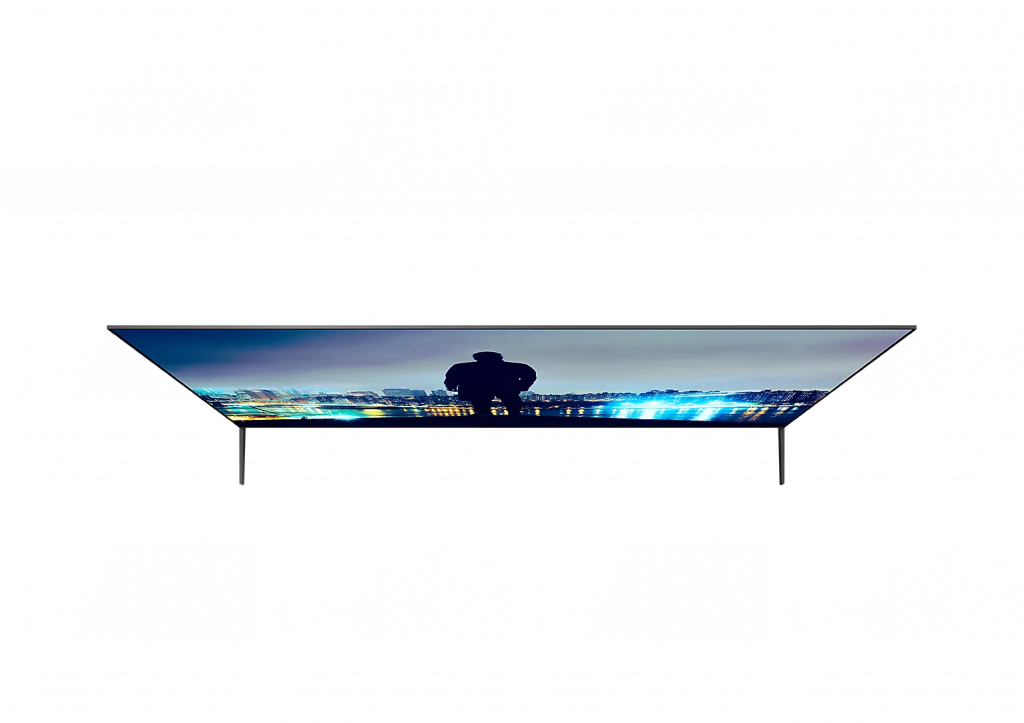
Sony’s Acoustic Surface Audio+ continues to impress. Instead of relying solely on downward‑firing speakers, actuators behind the screen turn the panel itself into a sound source. Dialogue seems to come directly from actors’ mouths rather than from below the screen, creating a cinematic illusion that enhances immersion. Added tweeters and a built‑in subwoofer round out the experience, delivering clarity in dialogue and a respectable thump in bass‑heavy scenes. For most users, the built‑in system will be more than enough, though cinephiles might still crave the depth of a dedicated soundbar or subwoofer.
Smart Experience
Powered by Google TV, the Bravia 8 II integrates seamlessly with the modern streaming ecosystem. Profiles, personalized recommendations, and support for Chromecast and AirPlay mean content moves easily between devices. Voice control via Google Assistant works reliably, and integration with smart home setups broadens the appeal. The remote is compact and intuitive, though it relies on AAA batteries rather than a rechargeable option, which feels like an oversight in 2025. The inclusion of an ATSC 3.0 tuner future‑proofs the set for next‑gen broadcasting standards in markets that support them.
Everyday Usability

Beyond lab tests and specifications, the Bravia 8 II feels designed for real homes. Cable clips and panels keep setups tidy, while the stand’s adjustable height makes space for a soundbar without awkward gaps. The menu system is responsive, and switching between apps or inputs is snappy. Motion handling remains a Sony strength: sports and action films look fluid without the dreaded soap‑opera effect.
Comparisons
The Bravia 8 II’s strongest competition comes from Samsung, LG, and Panasonic. Samsung’s S95F pushes higher brightness, making it a stronger candidate for bright rooms. LG’s G5 balances performance and gaming features with more HDMI 2.1 inputs. Panasonic’s Z95B impresses with professional‑grade calibration accuracy. Sony counters with superior audio, excellent off‑axis viewing, and that unmistakable cinematic feel in darker environments. The choice becomes less about absolute superiority and more about lifestyle fit.
Value Proposition
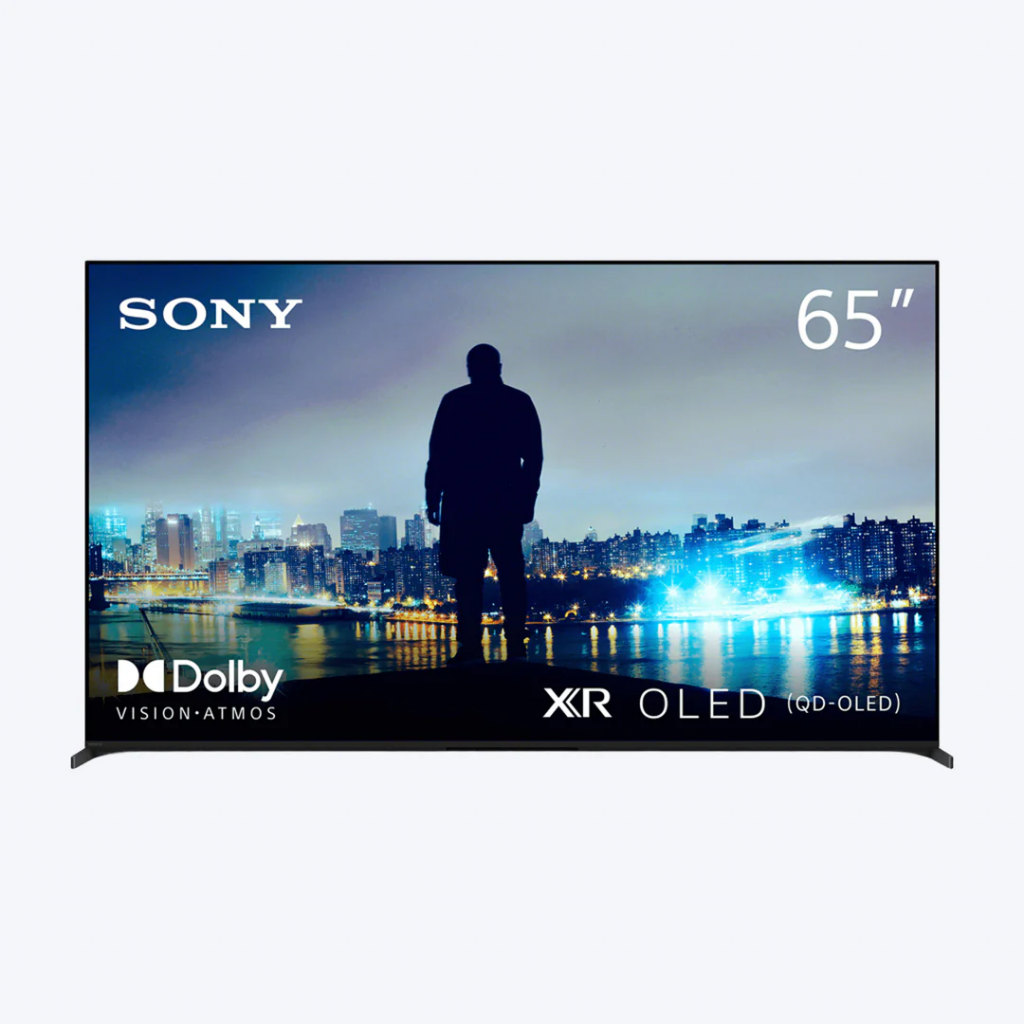
This is a premium TV with a premium price. Buyers aren’t just paying for specs: they’re investing in Sony’s processing know‑how, design finesse, and an audio system that reduces the need for add‑ons. For movie lovers, it’s money well spent. For gamers or households with sun‑drenched living spaces, alternatives might deliver more value at the same cost or lower.
Who It’s For
- Cinephiles who want the deepest blacks and richest colors for immersive movie nights.
- Households with flexible seating where off‑axis performance matters.
- Users who appreciate high‑quality sound straight out of the box without cluttering the setup.
- Design‑conscious buyers who want a TV that enhances the living room aesthetic.
Who Should Skip
- Gamers demanding ultra‑low latency and multiple HDMI 2.1 connections for multiple consoles.
- Bright, window‑filled spaces where higher brightness panels perform better.
- Value hunters who want flagship performance at a mid‑tier price.
Final Verdict
The Sony Bravia 8 II is a showcase of what OLED technology can achieve when paired with Sony’s processing and design philosophy. The strengths are undeniable: cinematic picture, impressive sound, sleek design, and a smooth smart platform. Yet, the compromises in brightness and gaming specs mean it isn’t a one‑size‑fits‑all solution. For the right viewer: one who values immersive movies, great sound, and premium build, it’s a masterpiece worth the splurge. For others, rival sets may offer a better match. The Bravia 8 II isn’t about ticking every box; it’s about delivering a specific kind of viewing experience, and it does so brilliantly.





